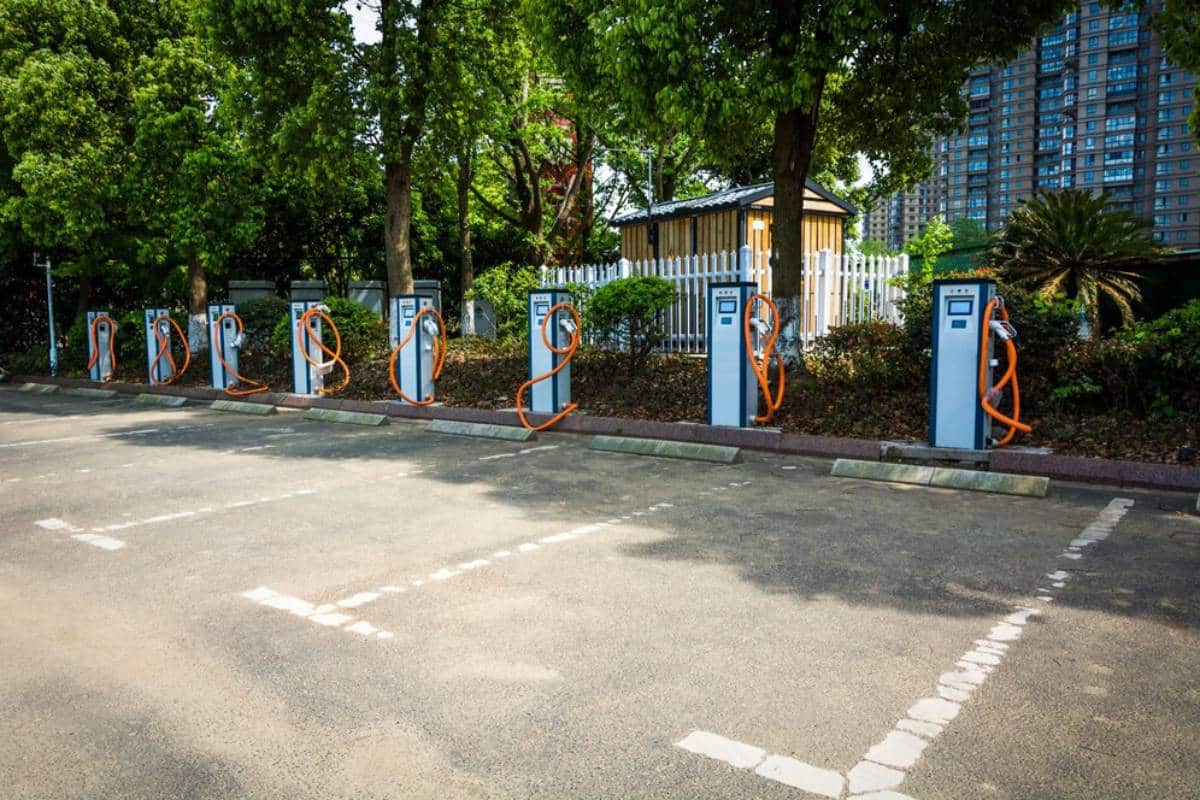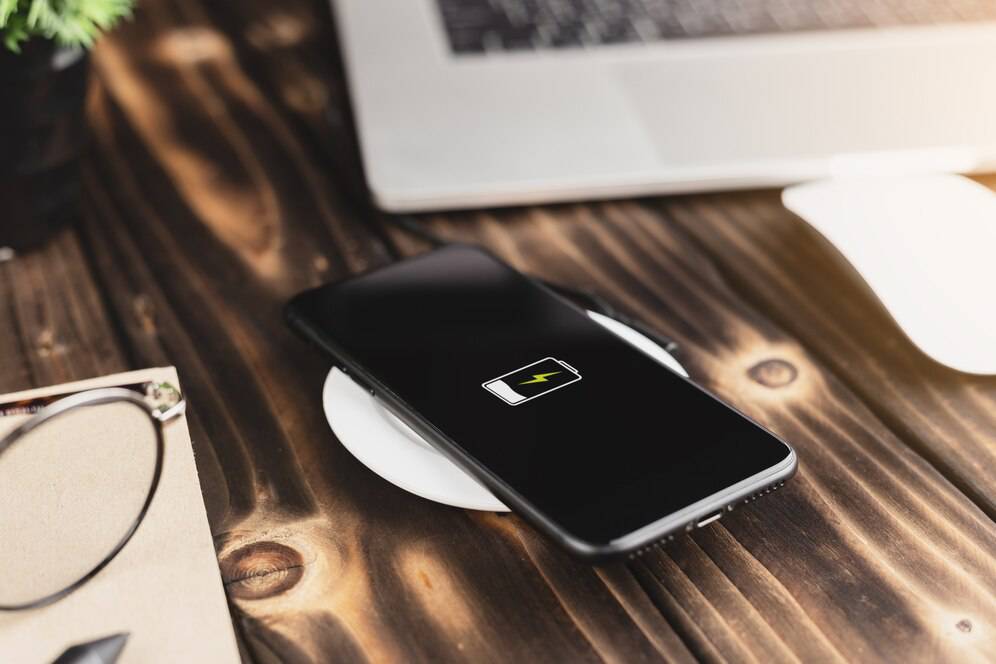
DIY Charging Station: Declutter Your Workspace
In our tech-oriented environment today, most people’s workspaces are full of gadgets and a heap of mangled cables. Smartphones and tablets, smartwatches and wireless earbuds—each device needs its own cable. This mess can be both aggravating and unsightly. A DIY charging station is a chic, space-saving way to simplify your workspace, neaten up your cables, and take charge of your tech.
Not only does a DIY charging station clear clutter, but it also allows you to construct a central hub that meets your needs. In this guide, you’ll build a personalised charging station, sharing expert tips, common mistakes, and insights to ensure success.
Why a DIY Charging Station Matters
An organised workspace is crucial. A tidy environment boosts productivity, reduces stress, and improves focus. By creating a DIY charging station, you centralise your charging needs. This way, all your devices are accessible and neatly arranged.
A DIY charging station is multifunctional. It serves as storage, a charging hub, and a decorative piece. Whether you work from home, manage a busy household, or want to organise your tech, a charging station can restore order and enhance daily efficiency.
Moreover, a well-planned charging station helps prevent lost devices, missed alarms due to dead batteries, and wear-on tangled cords. This project meets practical needs while allowing for a personal touch, letting you design a station that fits your workspace style. You could also incorporate it as a home decor.
Real-Life Applications and Data-Backed Insights
A study from Princeton University shows that physical clutter competes for your attention, leading to lower performance and higher stress. An organised space helps your brain focus better, boosting efficiency and mental clarity.
Research in environmental psychology suggests that a neat, visually pleasing environment can improve your overall well-being. Organising a single area, like your charging station, can enhance time management, streamline routines, and increase satisfaction with your workspace.
Key Benefits of a DIY Charging Station
Enhanced Cable Management
Good cable management is key to an organised workspace. A DIY charging station keeps all your cables in one place, reducing tangles and making it easy to find the right one. This saves time and extends the life of your cables by preventing wear.
Effective cable management also improves safety by reducing tripping hazards and overheating risks. A well-organized charging area can help prevent frayed wires, which pose fire dangers. Adding cable sleeves, clips, and labelled compartments increases your station’s functionality.
Improved Home Tech Organisation

With so many gadgets in our homes, keeping them organised can be challenging. A DIY charging station creates a dedicated spot for your devices, ensuring they are charged and ready to use. This organisation is invaluable for families with many devices, cutting down on scattered charging points.
You can customise your station to meet your household’s needs. Consider dedicated slots for each family member’s devices, a drawer for extra accessories, or hooks for keychains. A centralised tech hub promotes better coordination and less stress. Pairing it with DIY desk organisers can take your workspace efficiency to the next level.
Cost-Effective and Customisable
Making your charging station is a budget-friendly alternative to buying ready-made options. With DIY, you can use materials you already have or find affordable ones. Plus, you can customise the design to match your style and workspace decor.
Personalisation allows you to create a unit that works for your lifestyle. Want a vertical stand to save space? Do you prefer something compact for travel? DIY lets you design around your needs. Plenty of online tutorials and design ideas make building your ideal charging station easy.
Additional Expert Tips & Common Mistakes to Avoid
Best Practices for Creating a DIY Charging Station
When starting your DIY charging station project, keep these best practices in mind:
- Plan Your Design: Sketch a design that fits all your devices and allows easy access. Consider the size of your gadgets and the length of their cables. Think ahead for future devices or upgrades.
- Choose the Right Materials: Use durable materials for daily use. Wood, acrylic, and metal are popular choices. Ensure materials are smooth and easy to modify.
- Incorporate Ventilation: Prevent overheating, especially if charging multiple devices. Small cutouts or perforated panels help air circulation.
- Label Cables: Use labels or colour-coded wraps to identify each cable quickly. This is helpful in shared workspaces or homes with multiple devices.
- Consider Cable Lengths and Access Points: Make sure each cable is long enough to plug in comfortably. Retractable or spiral cables can help manage excess slack.
Common Mistakes and How to Avoid Them
While DIY charging stations are simple to build, avoid these common pitfalls:
- Overlooking Power Requirements: Ensure your station has enough outlets for all devices. A power strip with surge protection is a wise choice. USB ports add extra convenience.
- Neglecting Aesthetics: While functionality is vital, don’t forget the looks. Choose materials and colours that match your workspace for a cohesive appearance.
- Ignoring Safety Precautions: Avoid overloading outlets and ensure cables are in good condition. Keep your station away from water sources, and check for wear and overheating regularly.
- Making It Too Complicated: Don’t over-engineer your station. Aim for simplicity and ease of use. The goal is to reduce stress, not create more.
Advanced Insights and Expert Recommendations
Integrating Smart Features

Consider adding smartinnovativeures like wireless charging pads or USB-C fast charging hubs to enhance your DIY charging station. Wireless pads eliminate cables for compatible devices, keeping things tidy.
You can also integrate smart home assistants. A shelf for an Amazon Echo or Google Nest can turn your station into a bright command centre. With voice-controlled reminders or lighting controls, your charging station becomes part of your smart home ecosystem.
Sustainability Considerations
Using sustainable practices in your project can add value. Consider recycled materials or repurposing old furniture. This reduces waste and gives a unique touch to your workspace.
Upcycling old boxes or furniture saves money and breathes new life into discarded items. Using eco-friendly paints or biodegradable materials also lowers your project’s environmental impact.
Personalisation and Aesthetics
Make your charging station a focal point in your workspace. For a modern touch, add decorative elements like LED lights, custom paint jobs, or built-in clocks.
For artistic flair, use decoupage, stencilling, or vinyl decals. To match your room’s vibe, you can create themed stations—minimalist, industrial, vintage, or futuristic. Adding monograms or name tags creates a personal connection.
Your Next Steps to a Clutter-Free Workspace
If you’re looking for a rewarding project, building a DIY charging station is a great option. It provides advantages such as enhanced cable management and more efficient tech organisation. Use the expert advice in this guide to craft a station that works for you and your workspace.
DIY Charging Station Versatility: A DIY charging station can quickly adapt to changing tech, family dynamics, and your needs. Plus, you can customise the design to match your style and workspace decor, just like in other smart DIY home upgrades, such as decorative switch covers. Whether you build it yourself or customise existing furniture, there’s nothing quite like the satisfaction of creating something gorgeous and practical.